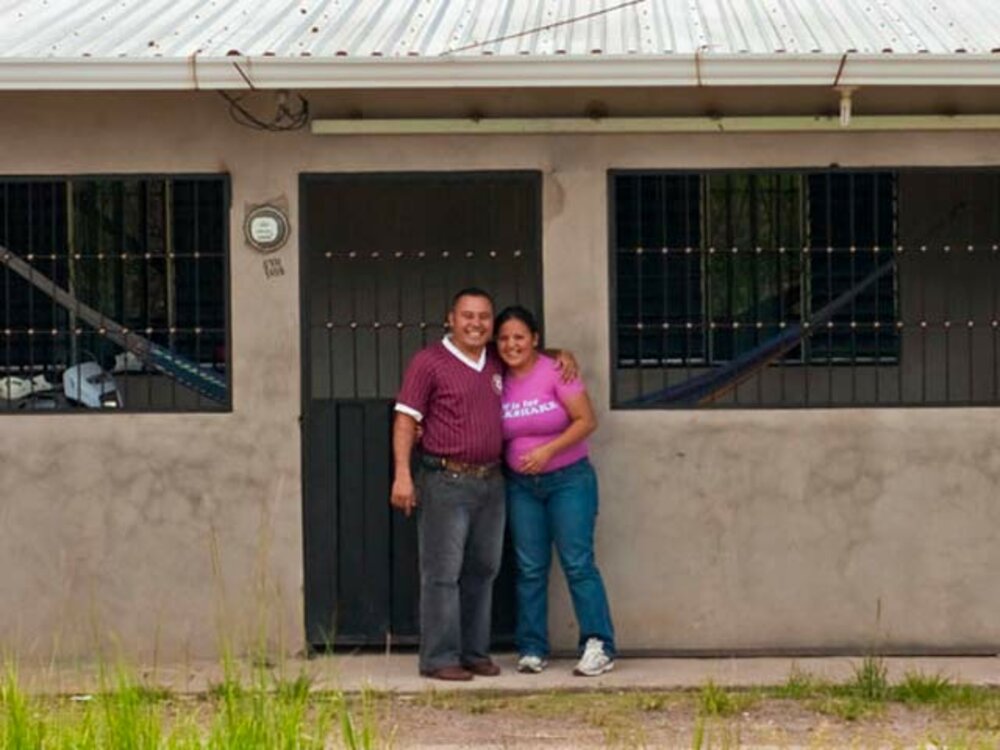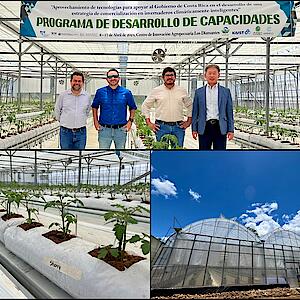Housing projects of social interest in the region grow with financing from CABEI

The entity has structured the VIDHAS Program, which aims to promote competitive cities and sustainable environments.
Guatemala, March 16, 2018.- The Central American Bank for Economic Integration (CABEI), participated in the Central American Meeting "Priority Housing" where it shared the entity's experiences with financial interventions in the social housing sector.
One of the outstanding examples is the Central American Housing and Development Program of Sustainable Habitat (VIDHAS), which has an initial availability of US $550 million. It focuses on two components: direct public investment and intermediated investment.
The program is based on three principles:
- Perspective of a Habitat as a house plus its surroundings
- Creation of socially inclusive and competitive cities based on housing; and
- Promotion of housing and sustainable environments
CABEI, in coherence with the principles of VIDHAS, has supported the following partner countries with the approval of direct interventions: Nicaragua, Costa Rica, El Salvador, Guatemala and Argentina; added to an intermediary intervention in El Salvador, amounting to US $375 million.
At the regional level, CABEI recognizes that there are potential opportunities to improve the housing deficit. With the implementation of the VIDHAS program, CABEI demonstrates its strong support to the sector in the region.
CABEI sponsored this meeting with the aim of sharing experiences and knowledge to support the innovation challenges for the sector with proposals, to align them with the institution's institutional objectives.
The encounter promoted a technical discussion space for the different actors present who participate in the housing development of social interest and contributed to the high-level exchange on the novelties in Latin America.







